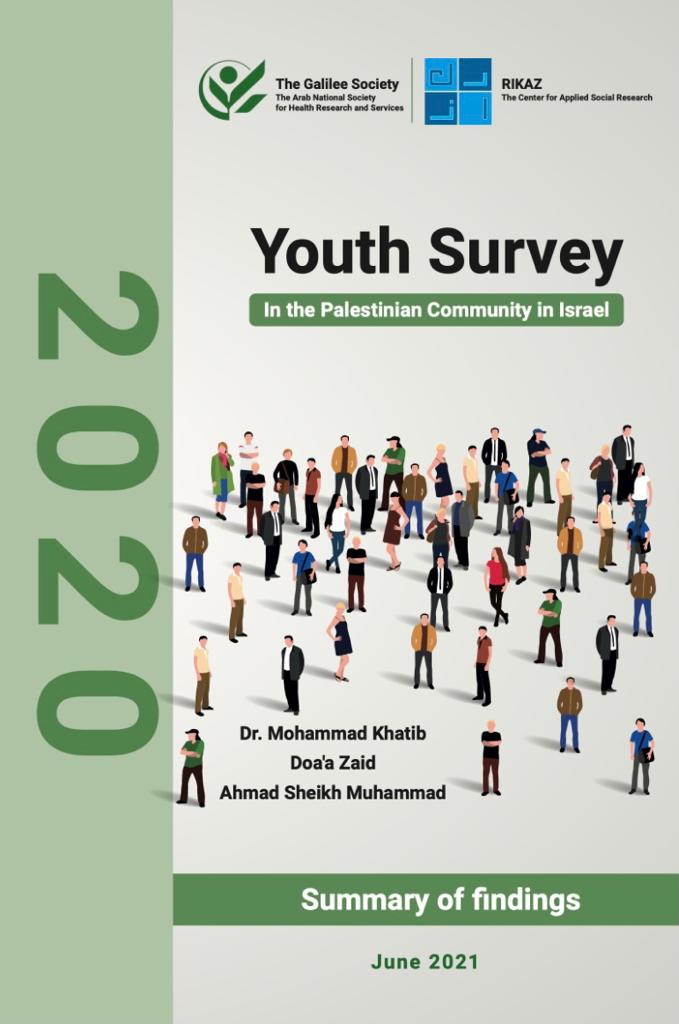1. Lecture Conference Room, built with a circular design, which complies with the traditional way, using Hay and Clay.
It is the first welcoming hall (accommodating up to 70 students at a time) where visitors receive an explanation about the Al Maisam, its activities, and medicinal plant usage in traditional and modern medicine. This Hall was built circular per the traditional construction methods using hay and clay. This way of construction provides the advantage of architecture that maintains adequate temperature without using modern air conditioning that is harmful to the environment.
2. A station for Bee raising and extracting Honey.
It consists of a number of hives for raising bees, which are aimed at understanding the world of bees, its productive yield, and its health benefits. The students and visitors can experience a live exhibit of functional structure of the hive, honey extraction, and wax as well as performing scientific experiments in this field tailored to each age group.
3. A Garden and Green House that constitute local Medicinal Herbs and spices used in the old traditional Medicine.
More than 100 medicinal plant species are preserved and grown to be used for scientific research. Among the techniques used for science are the extractions of active ingredients out of the targeted plants, developing botanical therapeutic blends and oils. In unison, producing creams, and soaps are other experiences available for the students to experiment with.
4. Class Rooms
There are two class rooms used intermittently with the other stations of the AlMaissam and one adequately equipped laboratory for the student’s use during experiments and workshops.
5. Compost corner
Within the activities of this corner is the production of compost utilizing different techniques. The students are able to study these processes and perform different scientific experiments on the produced compost. Students and visitors are introduced to the methods of organic farming and its health benefits together with the quality of organic produce and the environmental and economical benefits as a result of compost production.
6. Plant rooting corner
This corner is used to propagate preserved wild plants and then distributed to schools. Here the students will study the effectiveness of the different aspects of rooting technique through using different types of soil, rooting hormones, irrigation, or using different plant cuttings.
7. A corner for producing Bio gas from wastes
It is a new corner for examining the different factors that influences the production of Methane through the breakdown and anaerobic synthesis of organic matter.
8. A corner for growing aquatic plants, fish and study or demonstrate ways we can benefit from without distracting its natural ecosystem of aquatic life (includes an Arifical valley and swamps for aquatic plants and fish).
There are two artificial aquatic swamps and an artificial valley at the Al Maisam. These swamps are not only an indispensable apparatuses for demonstrating the ecosystem, yet they are good mediums for the students to perform significant experiments in understanding algae and fish growth cycles and their importance to the aquatic ecosystem. Through visiting the swamp areas one will be introduced to the aquatic life network, biotechnologically preserving and improving a balanced fish growth, and planning and implementing various experimentation in the field. Through this valley a natural water purification method is exhibited using aquatic plants alone without any man made interference.
9. A corner for birds and rodents in order to exhibit the biological diversity and its importance for the ecosystem.
Different species of wild birds are dwelling this area. The students utilize this area to study and conduct research in compliance with animal friendly principals. Through their visit, the students get to be introduced to different species of birds and rodents among other animals, while they study the animals’ behavior and ways to preserve or protect them.
10. Different ways of recycling
Exhibits and demonstration of different possibilities for recycling are all throughout the AlMaissam such as recycling wastes and reusing hay and clay, as well as re-utilizing tires in growing plants or its incorporation in remodeling.
11. Growing Algea
Educational and research oriented, it is a corner where the students get to be introduced to different factors that influence algae growth. On the other hand, through this corner the students will be introduced to different ways in producing materials that are beneficial to specific algae targeted to treat certain symptoms or diseases.


